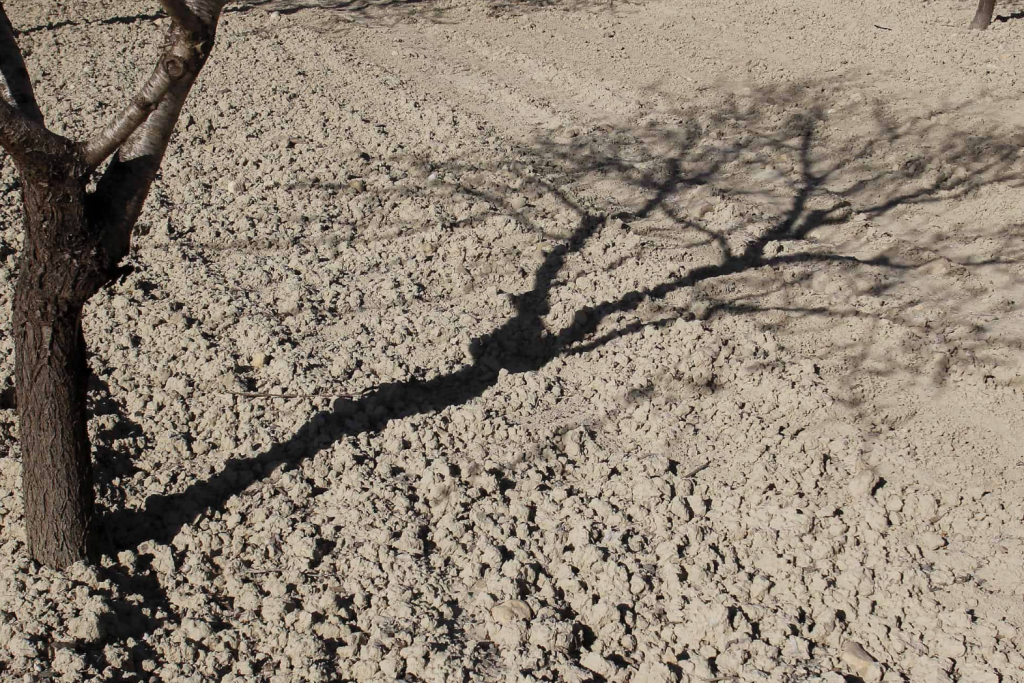
According to the European Union weather observatory known as Copernicus, the El Niño phenomenon is fast approaching, and this means higher temperatures for the hurricane season that starts 1 June 2023.
Diario Libre shares background information on the weather phenomenon. El Niño and La Niña are a cooling of the waters off the western side of South America (La Niña) and then the warming of these same waters (El Niño). These terms were created by Peruvian and Equadorian fishermen to explain the variations in their catches each year.
Oceanographers and atmospheric scientists have since identified the temperature fluctuations and tied them into other weather events such as tropical storms and typhoons.
In a rather curious coincidence, Carlo Buontempo (whose name means good weather), the director of the European Union’s Earth Observation Programme, says that this 2023 there will be important temperature variations because of El Niño.
In the United States, the National Oceanic and Atmospheric Administration (NOAA) says that the La Niña pretty much ended in March and is now in a neutral phase. There is a 62% possibility that El Niño will become a reality between May and July of 2023. By autumn, that number becomes 80%.
NOAA explains that El Niño influences the Atlantic and Pacific hurricane seasons usually leading to fewer tropical storms and hurricanes in the Atlantic and more than average in the Pacific. The good news, in the case of the Atlantic, is that El Niño increases vertical wind shear — the change in wind direction and strength from the surface to higher in the atmosphere — which can impede a hurricane’s growth.
The warmest year of any decade is an El Niño year, and the coolest a La Niña one. Yet, NOAA experts say global warming could change this. The weather forecasters maintain, nevertheless, that if El Niño develops this year, there may be an increase in record-warm global temperatures.
So far this 2023, the Dominican Republic has mostly been affected by long-lasting drought.
Read more in Spanish:
Diario Libre
NOAA
17 April 2023

